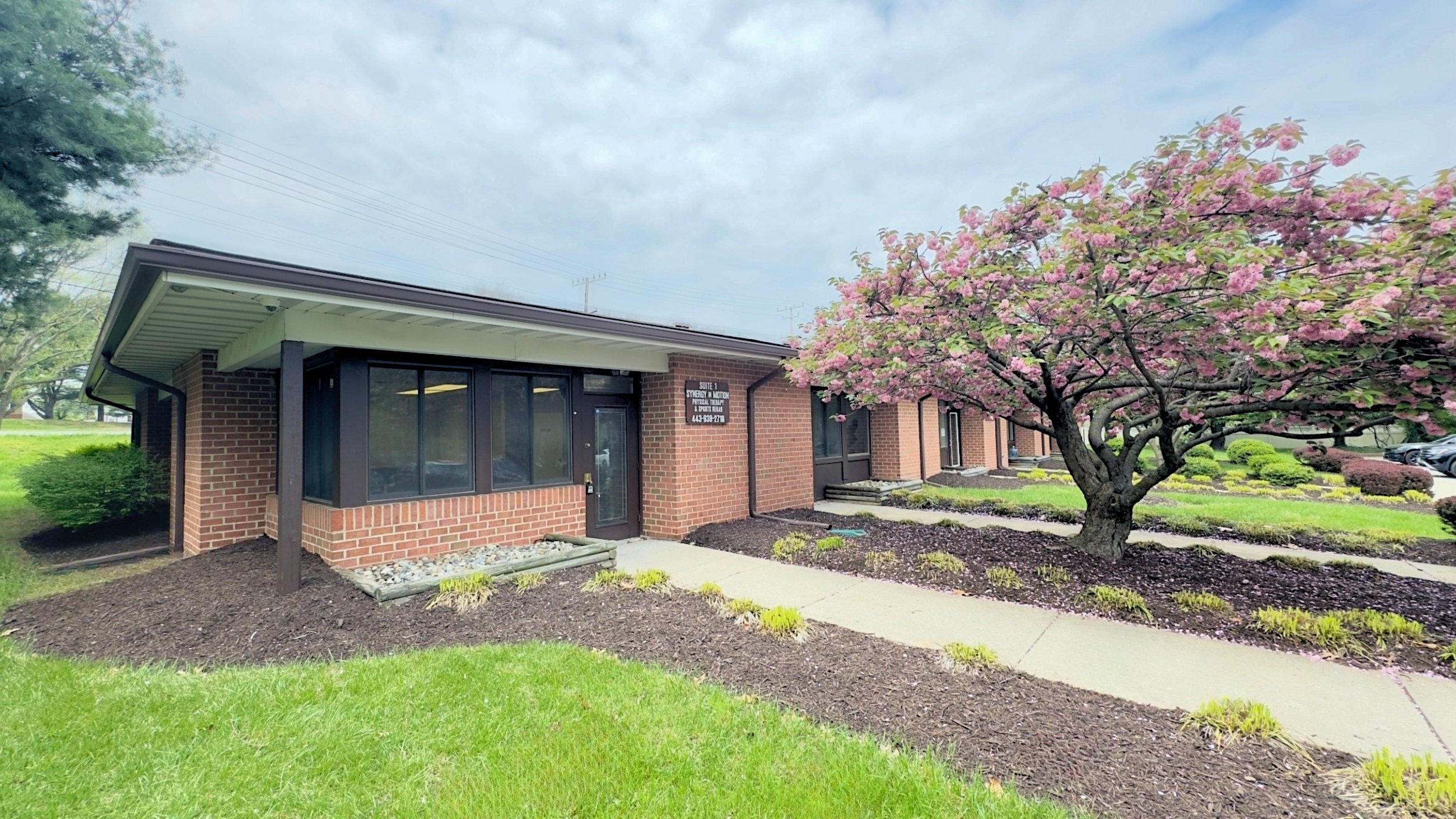
Introduction:
Women's health encompasses a wide range of issues, and pelvic floor disorders and syndromes are among the most prevalent yet often overlooked conditions. These disorders can significantly impact a woman's quality of life, causing symptoms such as pelvic pain, urinary incontinence, and sexual dysfunction. Fortunately, physical therapy offers effective and non-invasive solutions for addressing pelvic floor disorders and syndromes, empowering women to reclaim control over their health and well-being. In this blog post, we'll explore the role of physical therapy in addressing pelvic floor issues, highlighting its importance, interventions, and benefits for women's health.
Understanding Pelvic Floor Disorders and Syndromes:
The pelvic floor is a group of muscles, ligaments, and connective tissues that support the organs in the pelvis, including the bladder, uterus, and rectum. Pelvic floor disorders and syndromes refer to a variety of conditions that affect the function and integrity of these structures, leading to symptoms such as:
1. Urinary Incontinence: The involuntary leakage of urine, which can occur with activities such as coughing, sneezing, or exercising.
2. Pelvic Organ Prolapse: The descent or bulging of pelvic organs into the vaginal canal due to weakened pelvic floor muscles and supportive tissues.
3. Pelvic Pain: Chronic or acute pain in the pelvic region, which may be associated with conditions such as endometriosis, interstitial cystitis, or pelvic floor dysfunction.
4. Sexual Dysfunction: Difficulty with sexual arousal, orgasm, or pain during intercourse, often related to pelvic floor muscle tension or dysfunction.
The Importance of Physical Therapy:
Physical therapy plays a pivotal role in the management of pelvic floor disorders and syndromes, offering conservative and evidence-based interventions to improve symptoms and enhance women's overall health and quality of life. Here's why physical therapy is crucial for addressing pelvic floor issues:
Comprehensive Assessment: Physical therapists specializing in pelvic health conduct thorough evaluations to assess pelvic floor muscle strength, tone, and coordination, as well as identify contributing factors such as posture, muscle imbalances, and scar tissue.
Individualized Treatment Plans: Based on the assessment findings, physical therapists develop personalized treatment plans tailored to each woman's specific needs and goals. These plans may include a combination of manual therapy techniques, therapeutic exercises, biofeedback training, and behavioral modifications.
Pelvic Floor Muscle Training: Pelvic floor muscle exercises, such as Kegels, are a cornerstone of pelvic floor rehabilitation. Physical therapists teach women how to properly engage and relax their pelvic floor muscles to improve strength, endurance, and coordination, ultimately reducing symptoms of urinary incontinence and pelvic organ prolapse.
Education and Lifestyle Modifications: Physical therapists provide education on bladder and bowel habits, postural alignment, and body mechanics to optimize pelvic floor function and prevent exacerbation of symptoms. Lifestyle modifications such as dietary changes, hydration strategies, and stress management techniques may also be recommended.
Multidisciplinary Collaboration: Physical therapists collaborate with other healthcare providers, including gynecologists, urologists, and pelvic floor specialists, to ensure comprehensive care and continuity of treatment for women with complex pelvic health issues.
Benefits of Physical Therapy for Women's Health:
Physical therapy offers numerous benefits for women with pelvic floor disorders and syndromes, including:
1. Symptom Relief: By addressing underlying musculoskeletal dysfunctions and pelvic floor muscle impairments, physical therapy can significantly reduce symptoms such as urinary incontinence, pelvic pain, and sexual dysfunction.
2. Improved Quality of Life: Pelvic floor rehabilitation empowers women to regain confidence, independence, and control over their bodies, allowing them to participate fully in daily activities, work, exercise, and social interactions.
3. Non-Invasive Approach: Unlike surgical interventions, physical therapy for pelvic floor disorders is non-invasive, conservative, and devoid of potential risks and complications associated with surgery.
4. Long-Term Success: Physical therapy focuses on addressing the root causes of pelvic floor dysfunction and providing women with lifelong strategies for symptom management, prevention, and self-care.
5. Holistic Wellness: Physical therapy promotes holistic wellness by addressing not only physical symptoms but also emotional, psychological, and social aspects of women's health, fostering a sense of empowerment, resilience, and well-being.
Conclusion:
Pelvic floor disorders and syndromes can have a profound impact on women's health and quality of life, but they are not insurmountable. With the guidance and support of physical therapy, women can overcome pelvic floor issues, alleviate symptoms, and reclaim control over their bodies and well-being. By addressing musculoskeletal dysfunctions, promoting pelvic floor muscle health, and empowering women through education and self-care strategies, physical therapy offers a holistic approach to pelvic health that enhances women's overall health and vitality. If you're experiencing symptoms of pelvic floor dysfunction, don't hesitate to seek the expertise of a qualified physical therapist specializing in pelvic health. Together, you can embark on a journey toward improved pelvic health, confidence, and empowerment.
Empowering Women's Health: Addressing Pelvic Floor Disorders and Syndromes with Physical Therapy


